We may earn money or products from the companies mentioned in this post. This means if you click on the link and purchase the item, I will receive a small commission at no extra cost to you ... you're just helping re-supply our family's travel fund.
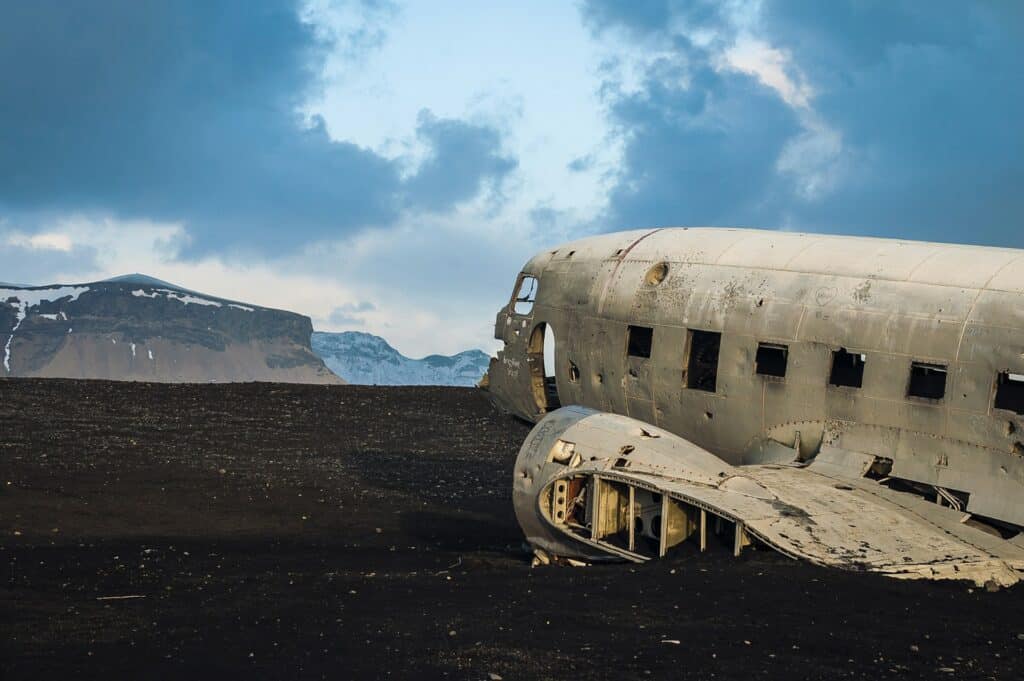
The American landscape is dotted with the ghosts of tourist spots that once pulsed with laughter, lights, and life, but have since vanished, swallowed by disaster, neglect, or shifting cultural tides. These lost attractions tell stories beyond mere nostalgia; they reflect broader social and environmental changes that shaped, and sometimes unraveled, the fabric of local communities and tourism itself. Exploring these forgotten places reveals more than what was lost: it illuminates the fragile interplay between human ambition and nature’s inexorable force.
The Miracle Strip, Florida
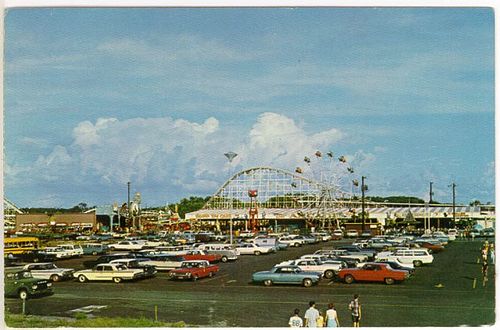
Stretching along Panama City Beach, the Miracle Strip was a vibrant playground of arcades, Ferris wheels, and neon glow that captured the spirit of mid-20th-century American beach vacations. Its heyday was a carousel of families and teenagers enjoying carefree summers. But relentless hurricanes, combined with evolving tourism tastes favoring luxury resorts over seaside kitsch, led to its gradual decline. Today, its faded remnants survive only in vintage photographs and the oral histories of locals who remember nights alive with carnival music and salty sea air.
Six Flags New Orleans, Louisiana
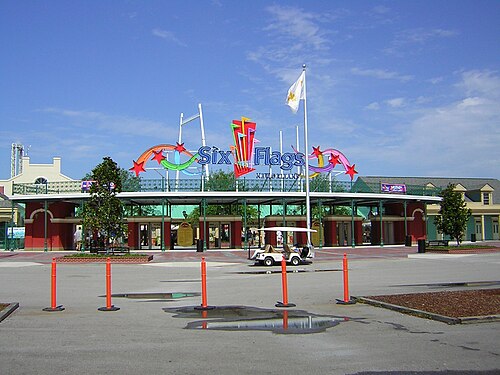
Constructed just before Hurricane Katrina struck, this park was meant to be a jewel in the city’s tourism crown. However, Katrina’s flooding in 2005 rendered it unusable, leaving behind an eerie tableau of rusting rides and overgrown pathways. Rather than being demolished, the park was abandoned and has become an unintentional urban ruin, a stark contrast to the joyful scenes once promised. It stands as a haunting symbol of nature’s power to halt human plans and of a city’s resilience in the face of disaster.
The Rainbow Pier, Long Beach, California
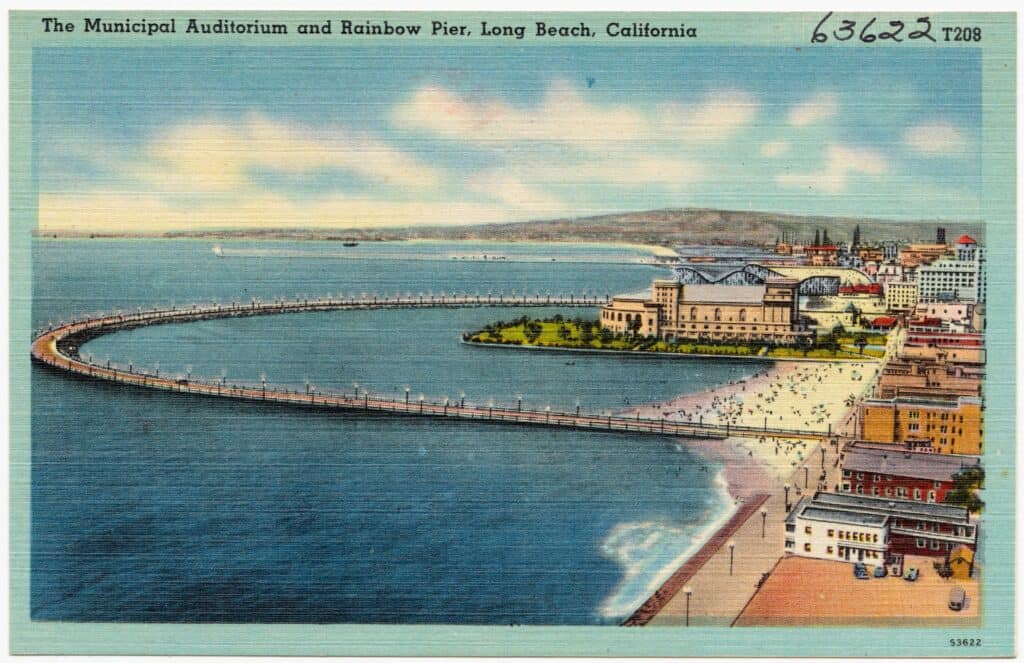
This pier was once a bustling center for community gatherings, featuring seafood shacks, arcade games, and carnival rides that drew locals and tourists alike. However, decades of relentless storms and gradual sea level rise battered its structure. Though parts were rebuilt, the original spirit of the Rainbow Pier: a lively, communal hub, was lost to time and tide. Its story underscores how coastal communities face ongoing battles with climate change and environmental erosion.
Magic Kingdom’s 20,000 Leagues Under the Sea Ride, Florida
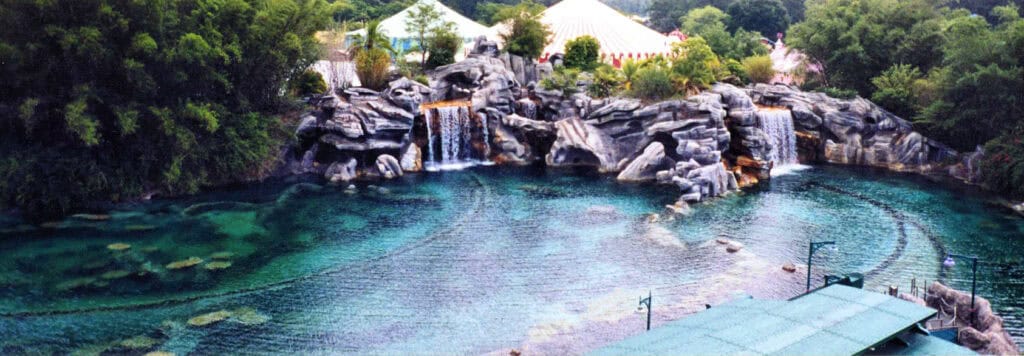
A beloved but technically complex ride, it blended immersive storytelling with innovative ride mechanics inspired by Jules Verne’s classic novel. Despite its cult following, operational difficulties and changing visitor preferences led to its closure in the late 1990s. Fans remember it as a daring experiment in themed entertainment that captured a sense of underwater adventure lost to time, highlighting how innovation can be both a blessing and a challenge in theme parks.
Point Reyes National Seashore Lighthouse, California
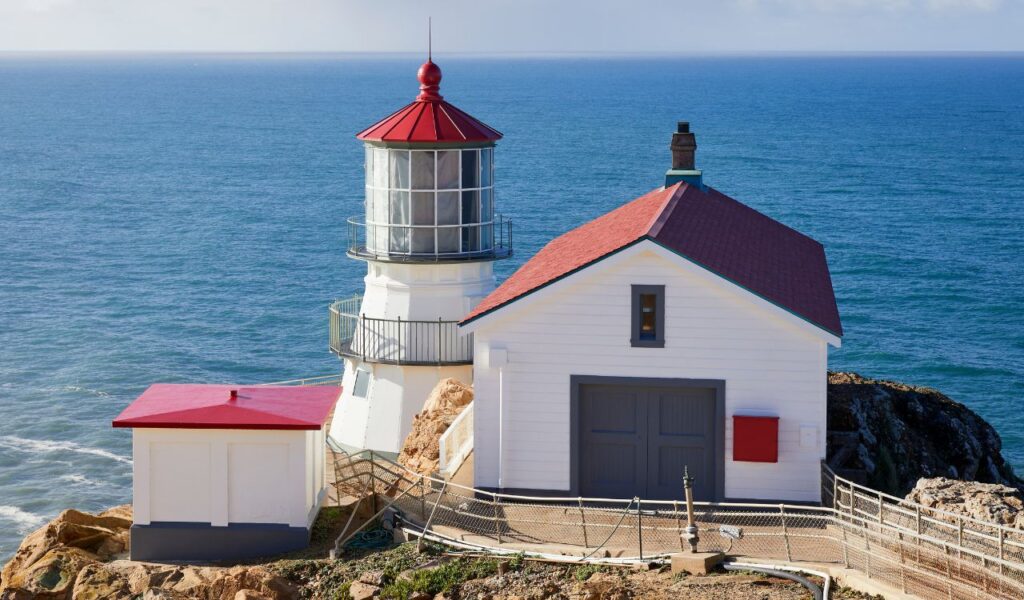
Once perched precariously near the edge of a crumbling cliff, this historic lighthouse was moved inland to protect it from accelerating coastal erosion. Its relocation is a tangible example of how climate change is forcing communities to adapt by relocating cultural landmarks. The lighthouse now stands as a testament not only to maritime history but also to human ingenuity and the difficult choices posed by environmental change.
Camelback Mountain Ski Resort, Pennsylvania
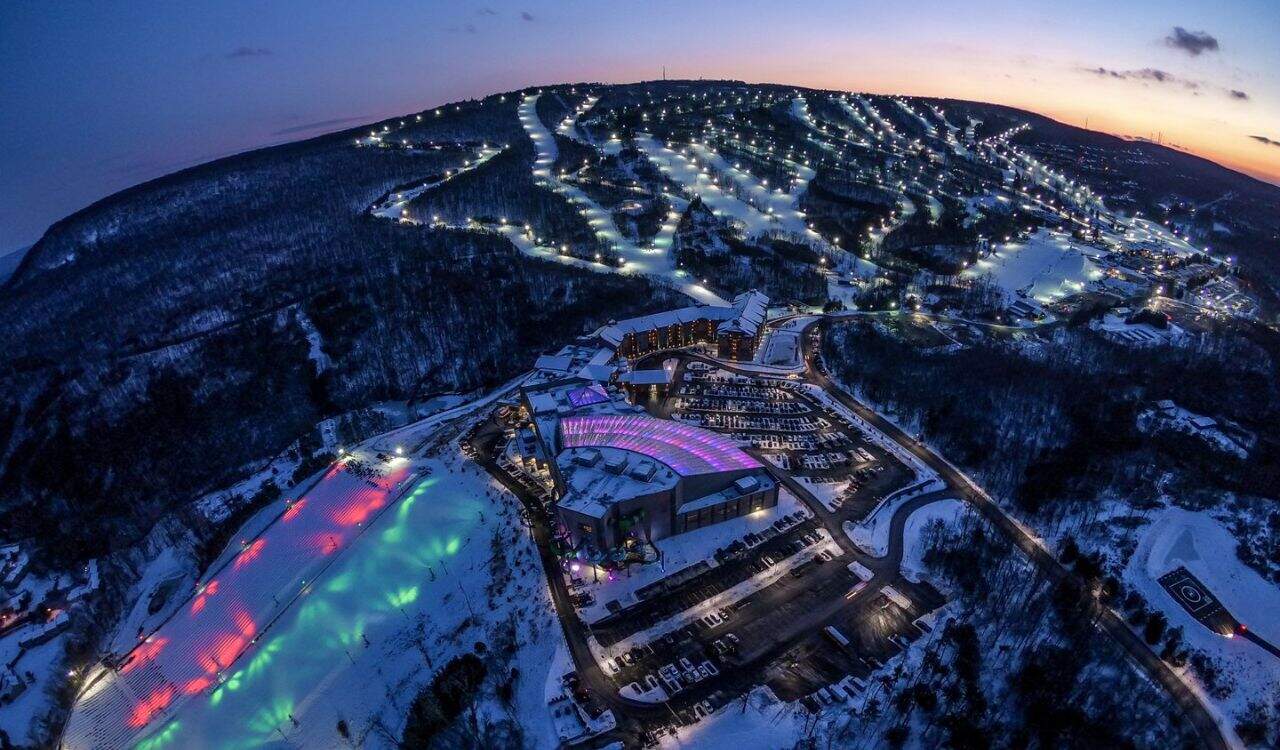
Located in the Pocono Mountains, Camelback was once a beloved ski destination. However, inconsistent snowfall and mounting operational costs forced its closure, illustrating the vulnerability of winter tourism to climate variability and economic pressures. The resort’s fate highlights how changing weather patterns disrupt traditional leisure industries, forcing communities to rethink economic models.
Paragon Park, Massachusetts
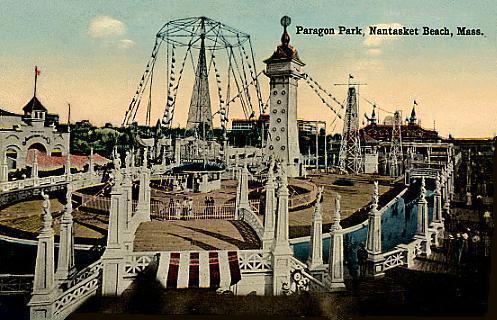
A Cape Cod staple for over 80 years, Paragon Park offered everything from roller coasters to live entertainment, drawing summer crowds seeking seaside thrills. Its 1980s closure came amid changing vacation patterns and competition from newer attractions. Though gone, its spirit lives on in regional nostalgia and archival photos, emblematic of a simpler, slower-paced vacation era.